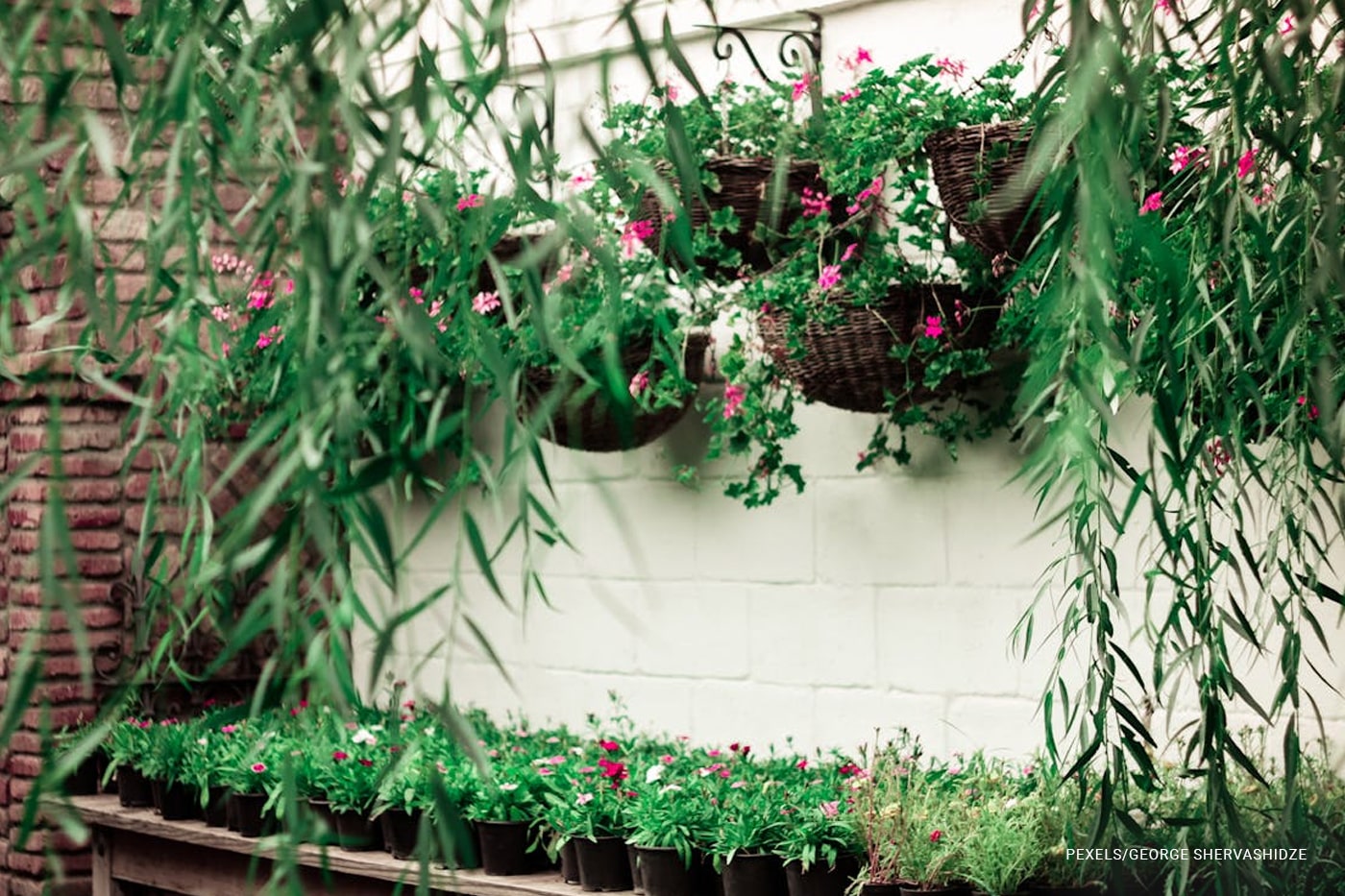In an era of declining biodiversity, creating a native plant sanctuary in your yard isn’t just a gardening project – it’s a vital contribution to local ecosystem health. As urban and suburban developments continue to replace natural habitats, our yards can become crucial refuges for local wildlife. Whether you’re sourcing plants from local nurseries or utilizing plant delivery services, transforming your outdoor space into a native sanctuary is a rewarding way to support local ecosystems while creating a beautiful, low-maintenance landscape.
Contents []
Understanding Native Plants

Native plants are species that have evolved in your region over thousands of years, developing complex relationships with local wildlife, soil microorganisms, and weather patterns. Unlike many popular ornamental plants, natives have adapted to thrive in your local conditions without excessive water, fertilizers, or pesticides. This natural resilience makes them ideal candidates for sustainable landscaping.
The benefits of native plants extend far beyond their ease of maintenance. These plants provide essential food and shelter for local wildlife, from the tiniest beneficial insects to songbirds and small mammals. Native flowering plants support pollinators with nectar and pollen, while their seeds and fruits feed birds and other wildlife. Their deep root systems help prevent soil erosion and improve water quality by filtering runoff.
Planning Your Native Plant Sanctuary
Successfully creating a wildlife sanctuary begins with careful planning. Start by evaluating your space’s existing conditions. Map out areas of sun and shade throughout the day, as these patterns will determine which plants will thrive in different locations. Consider conducting a basic soil test to understand your soil’s pH and composition – information that will guide your plant selection.
A well-designed sanctuary incorporates several key elements: water sources, shelter areas, food-producing plants, and nesting locations. Even small spaces can include these features through thoughtful design. A shallow birdbath can provide water, while dense shrubs offer shelter and nesting sites. Layering plants of different heights creates multiple habitats within the same area.
Selecting Native Plants

When choosing plants for your sanctuary, consider including a variety of types to create a complete ecosystem. Ground covers and grasses provide shelter for small creatures and help suppress weeds. Flowering perennials offer nectar sources throughout the growing season. Shrubs and small trees create structural diversity while providing food and nesting sites.
Focus on selecting plants that support wildlife throughout the year. Spring-blooming natives like columbine and wild geranium attract early pollinators. Summer flowers such as coneflowers and black-eyed susans provide ongoing nectar sources. Fall-fruiting shrubs like elderberry and winterberry offer essential food for migrating birds. Even winter brings opportunities for wildlife support through plants with persistent seeds or berries.
Sourcing Your Plants
Local native plant nurseries offer valuable expertise and plants already adapted to your specific region. These specialists can provide detailed growing advice and often maintain display gardens where you can see mature specimens. Local garden centers increasingly stock native options, though it’s important to verify that plants are truly native and not cultivated varieties that may offer reduced wildlife benefits.
For hard-to-find species or when local options are limited, specialized native plant delivery services can expand your choices. These suppliers often offer larger selections of regional natives and can provide plants during optimal planting seasons. When ordering, consider timing to ensure plants arrive when conditions are favorable for establishment.
Creating Wildlife Habitats
Transforming your space into a true sanctuary requires more than just plants. Incorporate natural features that provide additional wildlife habitat. Rock piles and brush heaps offer shelter for beneficial insects, reptiles, and small mammals. Dead wood, whether standing or fallen, supports numerous species and adds organic matter to your soil as it decomposes.
Layer your plantings to mimic natural habitats. Tall canopy plants provide shelter and nesting sites. Understory plants create sheltered spaces and travel corridors for wildlife. Ground covers protect soil and support insects and other small creatures. This vertical diversity maximizes your space’s habitat value while creating visual interest.
Maintenance and Growth

The first year is crucial for establishing your native plant sanctuary. While natives generally require less maintenance than traditional landscaping, they do need regular attention while establishing. Water deeply but infrequently to encourage deep root growth. Apply organic mulch to suppress weeds and retain moisture, but avoid piling it against plant stems.
Once established, your sanctuary will require minimal intervention. Focus on removing invasive species that might compete with your natives. Allow seed heads to remain standing through winter to provide food for birds. Dead plant material can be left in place to provide winter shelter and natural mulch.
Community Impact
Your native plant sanctuary can inspire others to support local ecosystems. Consider sharing your knowledge through neighborhood gatherings or social media. Document the wildlife that visits your space – many citizen science projects welcome such observations. As more people create native plant sanctuaries, these spaces can form corridors that help wildlife move through developed areas.
Many organizations offer certification programs for wildlife-friendly gardens. These programs provide guidelines for creating effective habitats and recognize properties that meet specific criteria. Certification can validate your efforts while helping educate others about the importance of native plant landscapes.
Embracing Natural Beauty

Creating a native plant sanctuary is a journey that unfolds over seasons and years. As your plants establish and wildlife discovers your space, you’ll witness the remarkable resilience of natural systems. Your efforts contribute to a larger movement of habitat restoration, one yard at a time. Whether you’re just starting or expanding an existing garden, incorporating native plants creates a living legacy that benefits both wildlife and future generations.



